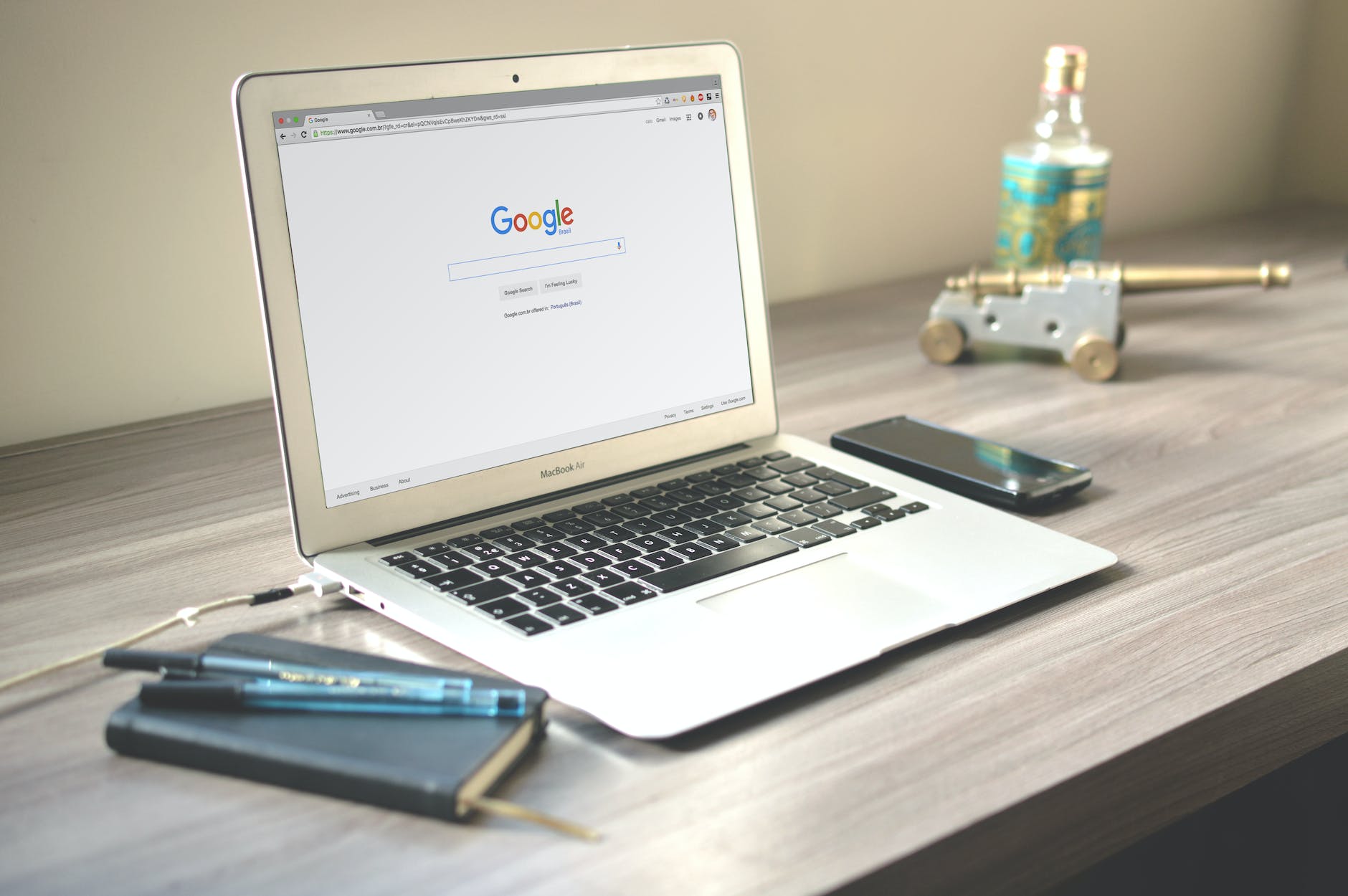In today’s digital age, the classroom is no longer confined to four walls. Educators can create a dynamic and collaborative learning environment with tools like Google Drive. This guide focuses on how to use Google Drive in the classroom, offering insights and tips to enhance teaching and learning experiences.
What is Google Drive, and Why Use It in the Classroom?
Google Drive is a cloud-based storage system that allows users to save, share, and collaborate on files. Here’s why it’s a game-changer for educators:
- Accessibility: Teachers and students can access files from anywhere, anytime.
- Collaboration: Work on documents simultaneously, fostering teamwork and creativity.
- Organization: Keep all classroom materials in one place, neatly organized.
- Integration: Seamlessly integrate with other Google tools like Docs, Sheets, and Slides.

Getting Started: How to Use Google Drive in the Classroom
Setting Up Google Drive
Access Google Drive by visiting drive.google.com. Teachers can also install Google Drive on their PCs or mobile devices for on-the-go access.
Creating and Organizing Folders
Create folders for different subjects, projects, or students. Customize them with colors for easy identification.
Uploading Teaching Materials
Drag and drop files or use the “New” button to upload lesson plans, presentations, worksheets, etc.
Sharing Resources with Students
Share files or folders with students by generating a link or inviting them via email. Set permissions to control editing or viewing rights.
- Get access to files anywhere through secure cloud storage and file backup for your photos, videos, files and more with Google Drive.
- English (Publication Language)
- Pascall, Robert G. (Author)
- English (Publication Language)
- 88 Pages – 09/13/2024 (Publication Date) – Robert G. Pascall (Publisher)
- Roberts, Barrie (Author)
- English (Publication Language)
- 106 Pages – 06/18/2020 (Publication Date) – Independently published (Publisher)
- Lamont, Ian (Author)
- English (Publication Language)
- 104 Pages – 01/26/2021 (Publication Date) – In 30 Minutes Guides (Publisher)
- Pitch, Kevin (Author)
- English (Publication Language)
- 168 Pages – 05/05/2024 (Publication Date) – Independently published (Publisher)
- Audible Audiobook
- James Bernstein (Author) – Virtual Voice (Narrator)
- English (Publication Language)
- 10/12/2024 (Publication Date)
- TeachUcomp, Inc. (Author)
- English (Publication Language)
- 16 Pages – 07/25/2025 (Publication Date) – TeachUcomp Inc. (Publisher)
- Pascall, Robert G. (Author)
- English (Publication Language)
- 184 Pages – 09/24/2024 (Publication Date) – Robert G. Pascall (Publisher)
- TeachUcomp Inc (Author)
- English (Publication Language)
- 2 Pages – 09/09/2021 (Publication Date) – TeachUcomp Inc (Publisher)
Collaborative Learning with Google Drive
Collaborative Projects
Assign group projects where students can work together on the same document, encouraging collaboration and critical thinking.
Real-Time Feedback
Provide real-time feedback on students’ work by adding comments directly in the documents.
Classroom Portfolios
Students can create digital portfolios within Google Drive, showcasing their work throughout the year.
Tips for Using Google Drive in the Classroom
- Set Clear Guidelines: Teach students how to use Google Drive responsibly and set clear guidelines for collaboration.
- Use Templates: Create templates for common assignments to streamline the process.
- Explore Add-Ons: Utilize add-ons and extensions that integrate with Google Drive to enhance functionality.
- Monitor Collaborations: Keep track of changes and contributions by using the “Version History” feature.
Conclusion: Embrace Digital Learning with Google Drive
How to use Google Drive in the classroom is a question with an exciting array of answers. From fostering collaboration to organizing resources, Google Drive offers a plethora of opportunities to enhance the learning experience.
Teachers can create a more engaging, interactive, and organized learning environment by integrating Google Drive into the classroom. It’s not just about storing files; it’s about creating a dynamic space where education thrives.
The Eclectic Educator is a free resource for everyone passionate about education and creativity. If you enjoy the content and want to support the newsletter, consider becoming a paid subscriber. Your support helps keep the insights and inspiration coming!





![Google Workspace Guide: Unlock Every Google App – Elevate Efficiency with Exclusive Tips, Time-Savers & Step-by-Step Screenshots for Quick Mastery [II EDITION]](https://m.media-amazon.com/images/I/4175iwxOw7L._SL160_.jpg)


![The Google Workspace Bible: [14 in 1] The Ultimate All-in-One Guide from Beginner to Advanced | Including Gmail, Drive, Docs, Sheets, and Every Other App from the Suite](https://m.media-amazon.com/images/I/41AWmhmGFuL._SL160_.jpg)


